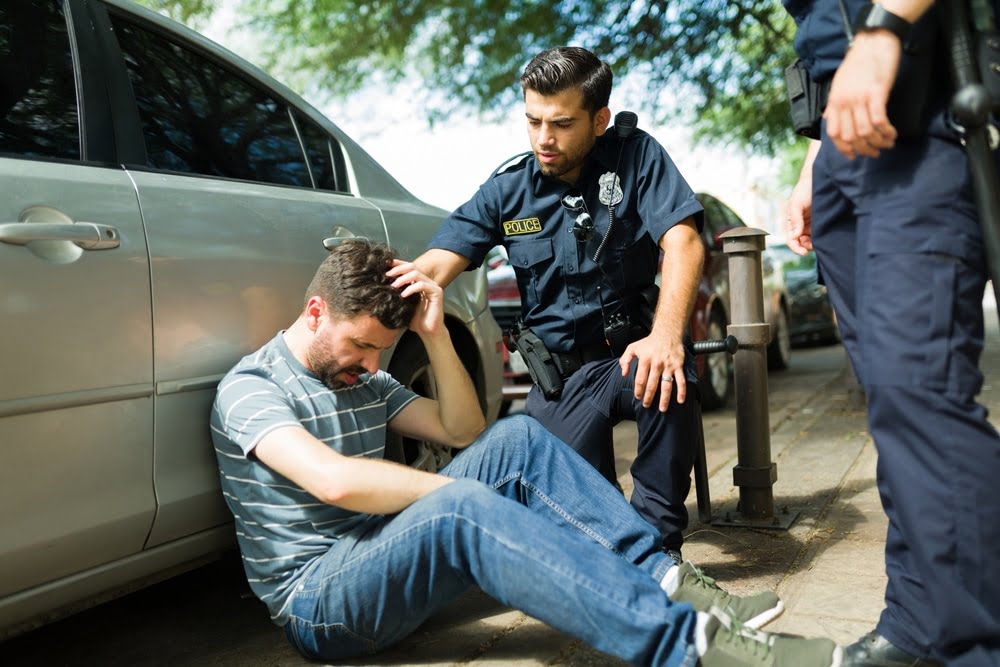There are a few themes that are vital for almost any personal injury claim being filed, and documentation is one of these. Being able to provide detailed, accurate documentation of the incident will often play a huge role in the success of your claim, and one such form of documentation that’s regularly considered and utilized here is a police report.
At the offices of William Rawlings & Associates, we’re proud to assist with numerous personal injury cases for clients around Draper, Provo, Salt Lake City and other parts of Utah, from car and truck accidents to dog bite injuries, child injuries and more. In many such settings, a police report will serve as valuable documentation that may help with your claim and eventually receiving compensation. Here are some basics on what police reports are, the kinds of information typically found on them, and the important roles they often play in personal injury cases.

Basics on Police Reports
For those who have never been involved in a situation that included a police report before, it can be helpful to understand the basics of what these documents include. Generally speaking, a police report is documentation that’s made by officers who are responding to an incident or crime scene. It’s created as part of their investigation into the matter and will often provide key details on how they determined what happened, who was involved and more.
Police reports also often contain additional information that may be detailed, such as statements from witnesses (if applicable) and other key facts about the incident. This kind of documentation is essential for personal injury cases in particular, since it can provide a comprehensive overview of what happened and who was involved.
Specific Forms of Information Found in Police Reports
What kinds of information will be used by police in their reports of various incidents? Let’s use a car accident as our hypothetical example here, as it’s one of the most common scenarios where police reports are filled out – but if your case is something different, just adjust the particulars a bit. Some common pieces of info:
- Accident location, date and time: This is one of the most commonly recorded pieces of data in police reports, and could be more meaningful than you think. It might affect such things as the statutes of limitation in your state, or the kind of compensation you’re entitled to.
- Involved parties: Police reports typically include documentation on who was involved in an accident or incident, including their names and contact info; this info is used to determine who might be financially responsible.
- Witness statements: If any witnesses were present on the scene, police reports may include detailed statements from these individuals. This can help to provide additional evidence and clarity as to what happened and who was at fault in the incident.
- Injuries incurred: Police officers will often list out any injuries that were sustained due to the incident; this is an important detail for personal injury cases, as it can help to show how the injury may have happened (or who was responsible for it).
- Citations or other punishments issued: In any case where a crime or violation has occurred, the officer may issue a citation and/or other punishment. This can serve as evidence of what occurred during an incident or accident in court proceedings and may be relevant for your case.
- Opinion of blame: In many cases, the officer will list their opinion as to who was at fault for an incident. This is not always necessary or required, but it can be quite useful for personal injury claims in particular.
How Police Reports Are Used in Personal Injury Cases
Essentially, police reports serve as key pieces of evidence in personal injury cases and should not be overlooked. They can provide a wealth of information that may help to determine who was at fault, whether you have a strong case or not and more. As such, it’s important to obtain copies of the report (if possible) related to your incident before filing a claim with an attorney.
One area where police reports can carry particular weight is when dealing with insurance companies. These companies are always looking for ways to deny or reduce personal injury claims, but if you have a police report on your side that accurately reflects the incident and your involvement, it can be enough to tip the scales in your favor.
How to Obtain a Police Report
How you obtain a police report in your case will vary based on a few factors, such as your location and the type of incident. Generally speaking, though, you should be able to obtain a copy of any report from the police department that responded to the incident or from one of their local divisions; these requests are typically free when it comes to personal injury cases.
In some cases, you may be able to request a copy of the report from your attorney and they may be able to get it for you. Depending on how far along your case is, this can be one of the most expedient ways to get a police report.
No matter what kind of personal injury claim you may have, documentation plays an important role in its success. Police reports are often a major part of this, and knowing how they work can be vital.
For more here, or to learn about any of our personal injury attorney services for clients in Provo, Draper, SLC or other parts of Utah, speak to our team at the offices of William Rawlings & Associates today.